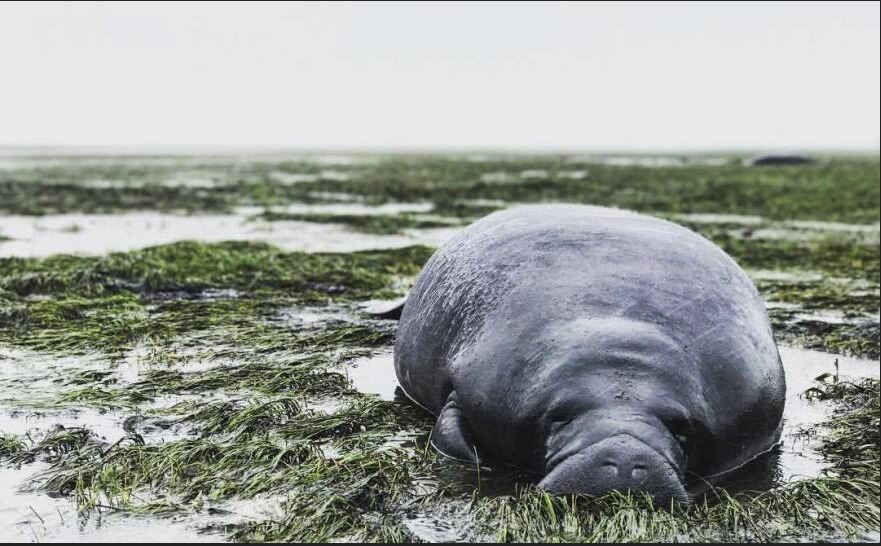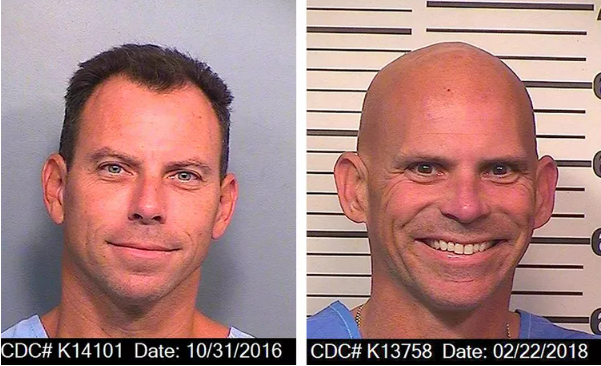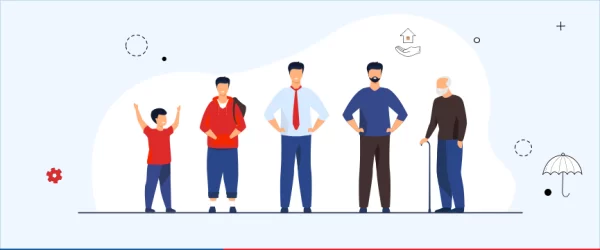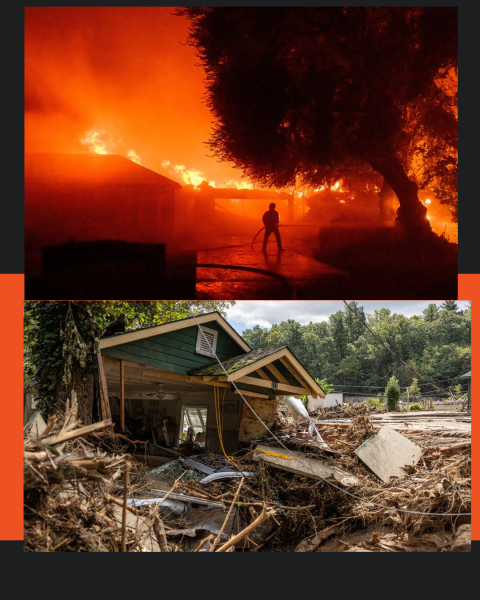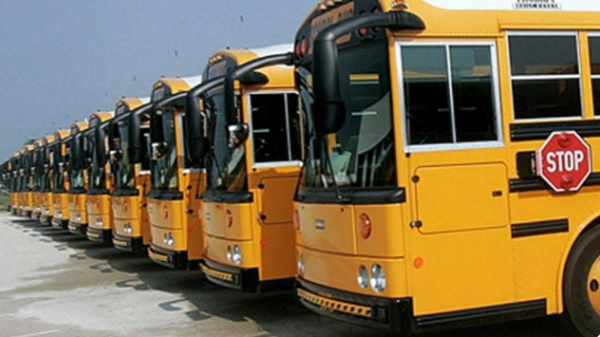Florida’s hurricanes have profound impact on wildlife
A manatee left stranded after a hurricane sucked all of the water out of the bay in which it was living.
Hurricane Ian was a devastating Hurricane that hit Florida in late September. Ian was on the stronger side of a category 4 hurricane, as it was extremely close to the 157 mph winds that would have made it a category 5 storm.
It is known that storms can cause extreme damage to infrastructure, but what is not well-known is a hurricane’s impact on wildlife. Florida, being a state with a tropical climate, is a highly biodiverse place. If Hurricane Ian was able to cause trauma to modern human civilization, then what has happened to animals living in this biodiverse state?
When major storms hit Florida, they displace many animals that call Florida home. Hurricanes that hit Florida destroy animals’ habitats and food sources. For example, the 150-mph winds from Hurricane Ian, or the tornadoes resulting from the storm, could easily tear a tree’s roots out of the soil. This tree that may have housed a bird’s nest is now destroyed. Now, these birds have to migrate to a new tree because their home was just eradicated. In addition, birds may have even migrated out of the storm’s path or even headed for the storm in order to remain in the calm of the eye of the storm.
Another issue with major storms is the flooding that usually comes along with them. The problem with this flooding is that the wildlife that inhabits the water will also be dragged into the flood zones; therefore, even more animals will become displaced in an ecosystem that could be far from where they previously lived.
Florida dairy farmer Jerry Dakin spoke to WUSF Public Media about how hurricane Ian has affected him and his farm. Dakin reported that he lost over 250 of his animals, about 12% of his farm. Dakin conveyed that he suffered around $500,000 worth of cattle losses.
Additionally, there have also been instances where manatees have been grounded. When flood waters recede back to the ocean, marine wildlife can get stuck on land instead of being drifted back into their previous habitat.
Even though these storms are extremely dangerous as well as unpredictable, many species have adapted to Florida’s unique weather systems in order to survive over many years. Birds have learned to either leave the path of the storm or fly into the eye of the storm where they can be safe. There are also some species in Florida that tend to burrow their way into the ground to seek shelter from the storms.
Some animals also benefit from the storm, as well. It is true that the strong winds and flooding can destroy habitats, but habitats will also be created within the new terrain. Fallen trees could be a new habitat for a rabbit or a fox. Florida’s flooded levees and berms could house new fish or possibly even roaming alligators. While these major storms do take away a lot of habitats, they also create many too.
Olympic Heights AICE Marine Science teacher Ms. Heather Orttiz believes that major storms both negatively and positively impact marine wildlife in ecosystems near Florida. “The storm is able to replenish nutrients, but it also may have harmed coral reefs with the intense wave action [caused by the storm],” Ortiz explains.
This opinion is common with many people as they see the benefits as well as the consequences of hurricanes on wildlife. However OH juniors Eli Endress and Payton Angelis see more harm than good being done.
Endress understands that habitats are created, but he also noted that “there is too much destruction for the new habitats to balance out the destroyed ones.” Angelis has the opinion that “more animals are harmed than benefitted from the storm.”

